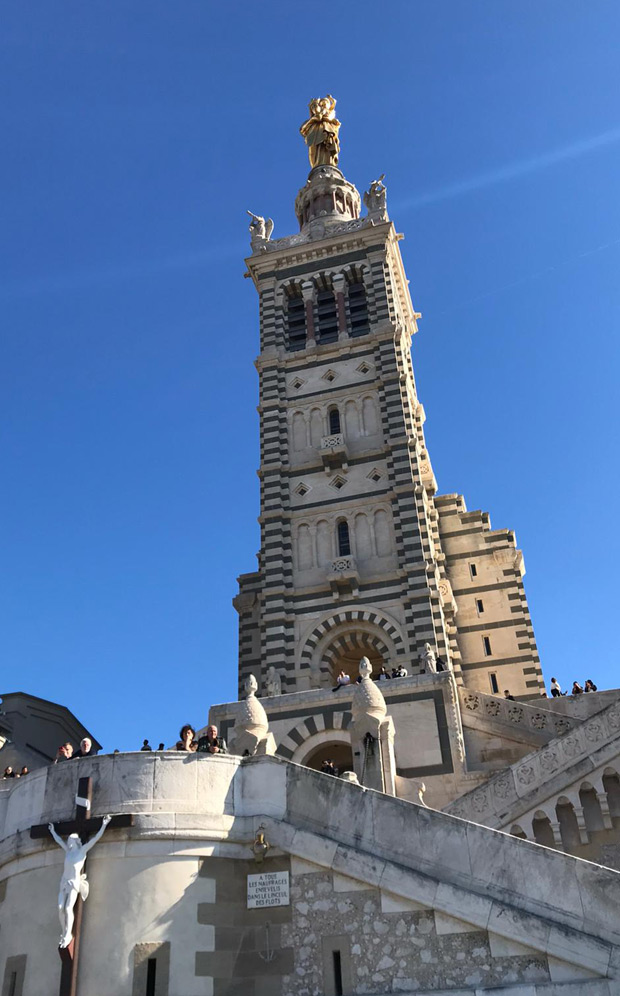Judging a city like Marseille is very easy. The city has a bad reputation amongst the French and some foreigners for being a “dangerous” city. But the truth is that Marseille is a different city, full of things to discover, full of ancient history. Yes, it is a city that forces you to learn to live with different cultures, but it’s not as terrible as people think it is.
Yesterday and today

Founded more than 2,600 years ago, Marseille is the oldest city in France. Its original name was Massalia and it was a Greek colony. This city has seen two and a half millennia of wars, conquests, plagues, heyday, architectural changes and owners. You can still see archaeological traces of other eras that marked this city.
The city is today the most important port in the country, the second in the Mediterranean and the fifth in all of Europe. This makes it precisely a multicultural city. A city where languages such as Arabic, Spanish, English, French and Italian are heard while walking. It belongs to everyone and no one at the same time.
Marseille is also the gateway to enter the Provence region. It’s geographically strategic to connect the train lines that come from Paris and the south of France and that go to the Côte d’Azur, Monaco and Italy. It’s the cradle of soap that bears his name and is still being produced and marketed massively today.
Unforgettable walks

Walking through the center of Marseille is living a bit in the time of Napoleon III. The vast majority of buildings date from the mid-19th Century built in the Haussmann style. Facades in beige stone, balconies on the second and fifth floors and 3-meter high windows.
This makes it a very attractive city, but at the same time it represents a challenge for the local administration who must ensure the integrity and stability of the buildings.
An unforgettable walk in Marseille should include a visit to the Notre-Dame de la Garde Basilica, built on a hill 150 meters above sea level. During the Middle Ages it was considered the virgin of fishermen and sailors.
Across the basilica, across the old port, you can find Fort Saint-Jean and the Museum of Civilizations of Europe and the Mediterranean, known as MUCEM.
And continuing in that direction, we find the Cathedral of Marseille, called the Cathedral of the Major. It was built in a Byzantine-romantic style, on the land where the former cathedral of the Major and the primitive cathedral used to be.
Its construction was carried out during the second half of the 19th century, a time of French economic growth. At this same time, other iconic monuments of the city were built, such as the Bourse Palace and the Longchamp Palace.

The latter was built to channel a nearby river and provide the city with water, after several years of severe droughts that left Marseille severely affected.
There, you find the museum of fine arts and the museum of natural history of Marseille.
Mediterranean view
If you prefer to take advantage of nature, don’t miss Les Calanques, an area between Marseille and Cassis where the terrain is stony, rugged and a bit arid. This gives us a spectacular view of the Mediterranean Sea.

If you are thinking of visiting Marseille, don’t be swayed by its bad reputation. All the cities of the world have their good side and their bad side, but the important thing is to learn to value the good things and the enriching experiences that each one offers us.


